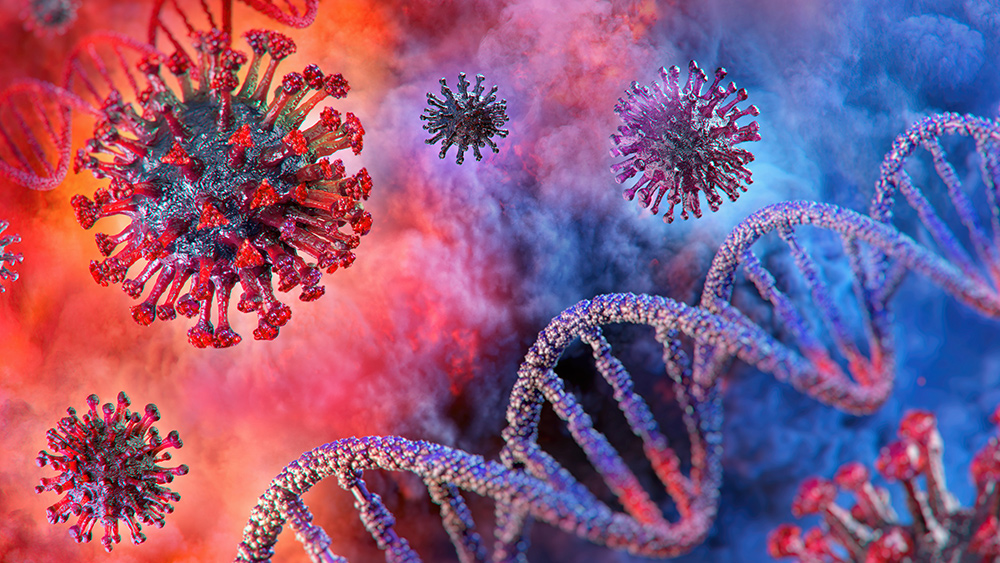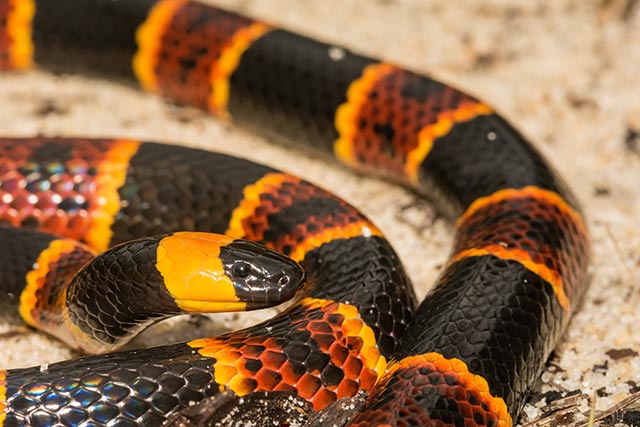Too much of a good thing: Pregnant women should watch their omega-6 consumption, warns study
12/31/2019 / By Grace Olson

Mothers-to-be should avoid eating foods rich in omega-6 fatty acids, a recent study reveals.
According to a new study published in The Journal of Physiology, a diet with excessive amounts of linoleic acid – a type of omega-6 fatty acid – may be harmful to pregnant women, with the researchers noting that such a diet may increase the risk of complications for the mother as well as potentially impede the development of the baby.
Pregnancy tip: limit omega-6 consumption
Omega-6 fatty acids are one of the two fatty acids essential to the human body, the other one being Omega -3. Linoleic acids fall under the first type.
According to medical practitioners, the human body converts linoleic acids to other substances that it can use to perform various functions such as reducing inflammation, improving bone and heart health and protecting an individual against cancer. As a general rule, a person can only obtain them from food such as green leafy vegetables, nuts and seeds.
However, excess amounts of linoleic acids have detrimental effects, with some studies suggesting that excess amounts promote inflammation and can increase the risk of cardiovascular disease. The researchers in this study wanted to find out its effects on pregnancy.
To investigate, they conducted experiments on two groups of rats. One group received a diet with higher linoleic acid while the other group received lower amounts. After 10 weeks, the researchers discovered the following among the rats who had a high-linoleic acid diet:
- Altered concentrations of inflammatory proteins in the liver
- Increased concentrations of a protein that causes uterus contractions
- Reduced levels of regulatory hormones for growth and development
- Smaller counts of male babies
From these observations, researchers concluded that a high-omega-6 diet may cause complications for mothers-to-be during pregnancy. It may also have adverse effects on the babies themselves and impede their growth and development.
“It is important for pregnant women to consider their diet, and our research is yet another example that potentially consuming too much of a certain type of nutrient can have a negative impact on the growing baby,” Deanne Skelly, the senior author of the study, said.
Tips to avoid eating too much omega-6s
The Food and Nutrition Board of the U.S. Institute of Medicine established the adequate intake (AI) of omega-6 fatty acids. For men, the AI is 17 grams a day while for women, the AI is 12 grams a day. Take note that this is for people aged 19 to 50 years.
To get a better idea of how much a person should eat, here is a list of foods (per 100 grams or 3.5 ounces) with their corresponding amount of omega-6s:
- Almonds: 12 grams
- Cashew nuts: 8 grams
- Walnuts: 37 grams
- Sunflower seeds: 24 grams
From this list alone, it is clear that eating enough omega-6s is not a problem; limiting it is. Here are some tips to help:
1. Avoid processed foods with vegetable or soybean oil
Soybean oil is one of the largest sources of omega-6 fatty acids and is commonly found in processed foods. Vegetable oil also contains high amounts of omega-6s.
To reduce omega-6 consumption, avoid processed foods that contain these ingredients. It is best for a person’s health to avoid processed foods in general. Opt for fresh fruits and vegetables and other organic foods instead
2. Maintain a balanced omega-6 to omega-3 ratio
Western diets comprise a 16:1 omega-6 to omega-3 ratio, displaying excessive amounts of omega-6 fatty acids. However, most researchers recommend a 4:1 or even a 1:1 ratio to maintain proper health.
When picking out foods to eat, stick to foods rich in omega-3s. These foods include fresh, wild-caught salmon, organic chia seeds, walnuts, and flaxseeds. (Related: Get to know the benefits of heart-healthy omega-3s.)
Too much of a good thing is still bad. Reducing the consumption of foods with high amounts of omega-6s is one step to better health.
Sources include:
PhySoc.OnlineLibrary.Wiley.com
Submit a correction >>
Tagged Under:
almonds, baby development, cardiovascular disease, cashew nuts, children's health, fatty acids, inflammation, Linoleic acid, motherhood, nutrients, obesity, omega 3, omega-6 fatty acid, pregnancy, sunflower seeds, Walnuts, women's health
This article may contain statements that reflect the opinion of the author






















